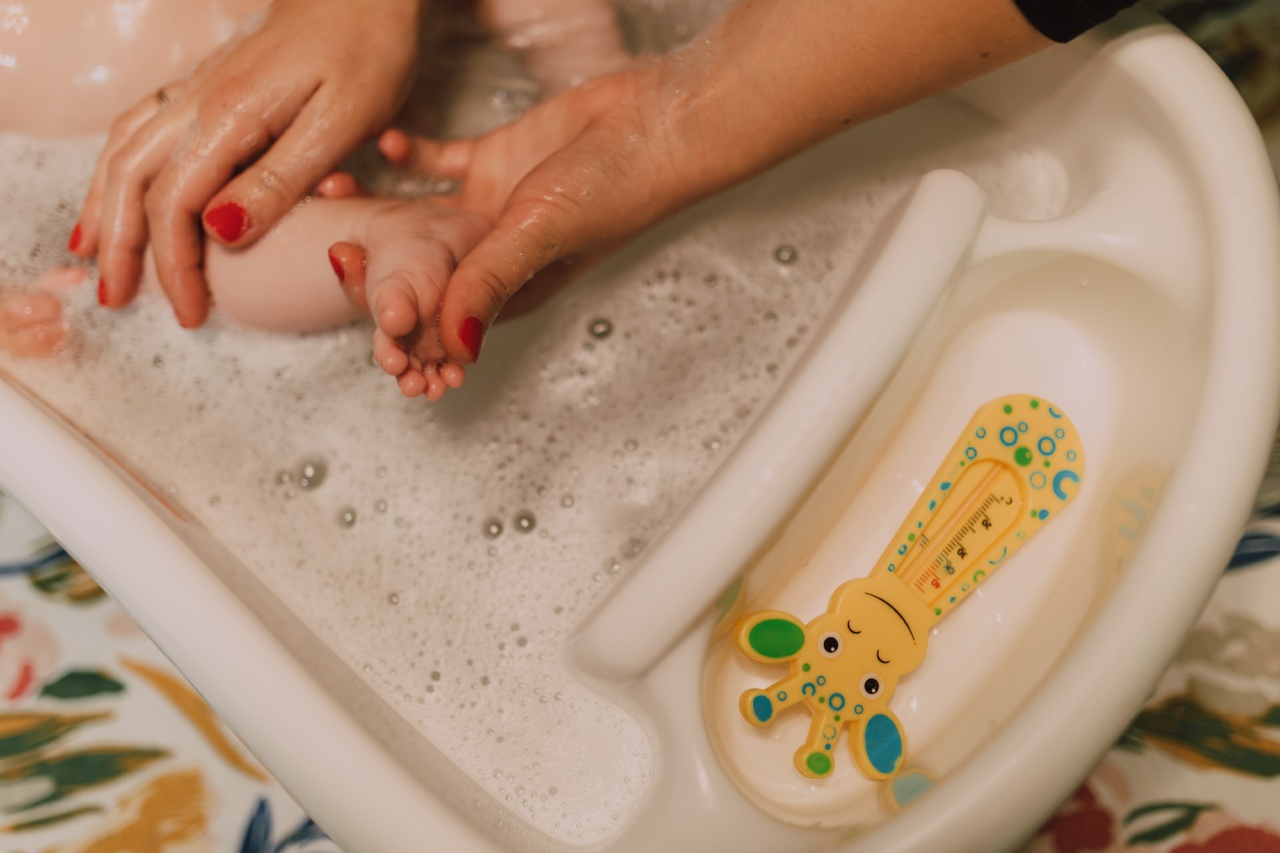Diabetes is a chronic disease that affects millions of people worldwide. One of the most common complications of diabetes is foot problems.
High blood glucose levels can damage the nerves and blood vessels in your feet, leading to poor circulation and loss of sensation. This can lead to foot ulcers, infections, and even amputation. To manage your diabetes effectively, it is crucial to take care of your feet. In this article, we will provide you with tips for caring for your feet if you have diabetes.
1. Check your feet every day
Check your feet every day for any cuts, blisters, redness, or swelling. If you notice any of these, consult your doctor or a foot specialist immediately.
People with diabetes have a higher risk of developing foot problems, so it is crucial to be vigilant and check your feet regularly.
2. Wash your feet regularly
Wash your feet every day with warm water and mild soap. Dry your feet thoroughly, especially between the toes. Moisture can lead to fungal infections, so it’s essential to keep your feet clean and dry.
Avoid soaking your feet in hot water, as this can cause burns or damage to your skin.
3. Moisturize your feet
Use a moisturizer to keep your feet soft and prevent dry skin, but avoid applying it between the toes. Moisture between the toes can lead to fungal infections. Apply the moisturizer to your soles and heels, and gently massage it into your skin.
Don’t use lotion or oil on areas where you have open sores or cuts.
4. Trim your nails carefully
Trim your toenails straight across and file the edges with a nail file. Avoid cutting your nails too short or rounding the edges, as this can lead to ingrown toenails.
If you have difficulty trimming your nails, consider seeing a podiatrist or foot specialist.
5. Wear proper footwear
Wear shoes that fit well and provide adequate support. Avoid tight shoes or high heels, as they can cause blisters or sores. Look for shoes that are comfortable, have a wide toe box, and provide cushioning in the sole.
Avoid going barefoot, even at home, to prevent injuries.
6. Check your shoes before wearing them
Check your shoes for any foreign objects or rough edges before wearing them. These can cause injuries and lead to foot problems. Also, check the inside of your shoes for any pebbles, as they can irritate your feet and cause blisters.
7. Control your blood glucose levels
Keeping your blood glucose levels under control is essential for managing diabetes and preventing foot problems. High blood glucose levels can damage the nerves and blood vessels in your feet, leading to poor circulation and loss of sensation.
Consult with your doctor and follow a proper diet, exercise, and medication regimen to maintain good blood glucose control.
8. Attend regular foot checkups
Regular foot checkups are crucial for people with diabetes. Your doctor or foot specialist can inspect your feet and detect any potential problems early on.
If you have foot problems, they can provide you with the proper treatment and prevent any complications.
9. Quit smoking
Smoking can reduce blood flow to your feet, making it harder for your body to heal and fight infections. If you have diabetes, quitting smoking can significantly reduce your risk of developing foot problems.
10. Stay active
Regular exercise can improve blood glucose control and promote circulation, reducing the risk of foot problems in people with diabetes.
Consult your doctor before starting any exercise regimen and choose activities that are low-impact and suitable for your fitness level.































